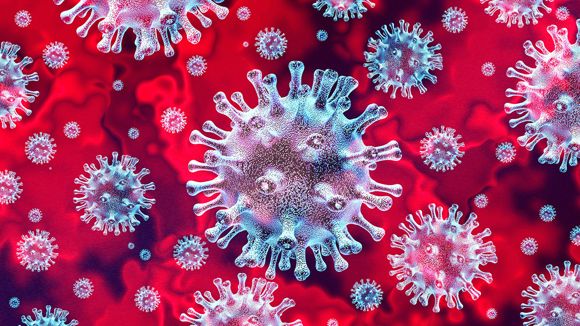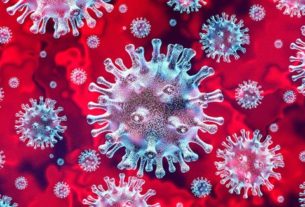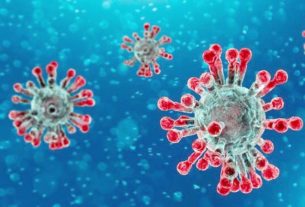From Our Bureau
23rd April 2020
The World Health Organization has asserted that all available evidence for COVID-19 suggests that SARS-CoV-2 has a zoonotic source. Many researchers have been able to look at the genomic features of SARS-CoV-2 and have found that evidence does not support that SARS-CoV-2 is a laboratory construct. A constructed virus would show a mix of known elements within genomic sequences – this is not the case.
The first human cases of COVID-19, the disease caused by the novel coronavirus causing COVID-19, subsequently named SARS-CoV-2 were first reported by officials in Wuhan City, China, in December 2019. Retrospective investigations by Chinese authorities have identified human cases with onset of symptoms in early December 2019. While some of the earliest known cases had a link to a wholesale food market in Wuhan, some did not. Many of the initial patients were stall owners, market employees, or regular visitors to this market. Environmental samples taken from this market in December 2019 tested positive for SARS-CoV-2, further suggesting that the market in Wuhan City was the source of this outbreak or played a role in the initial amplification of the outbreak. The market was closed on 1 January 2020.
SARS-CoV-2 was identified in early January and its genetic sequence shared publicly on 11-12 January. The full genetic sequence of SARS-CoV-2 from the early human cases and the sequences of many other viruses isolated from human cases from China and all over the world since then show that SARS-CoV-2 has an ecological origin in bat populations. All available evidence to date suggests that the virus has a natural animal origin and is not a manipulated or constructed virus. Many researchers have been able to look at the genomic features of SARS-CoV-2 and have found that evidence does not support that SARS-CoV-2 is a laboratory construct. If it were a constructed virus, its genomic sequence would show a mix of known elements. This is not the case.
Another coronavirus, SARS-CoV-1, the cause of the Severe Acute Respiratory Syndrome (SARS) outbreak in 2003, was also closely related to other coronaviruses isolated from bats. These close genetic relations of SARS-CoV-1, SARSCoV-2 and other coronaviruses, suggest that they all have their ecological origin in bat populations. Many of these coronaviruses can also infect several animal species. For example, SARS-CoV-1 infected civet cats and then humans, while the virus causing the Middle East Respiratory Syndrome (MERS-CoV) is found in dromedary camels, and has continued to infect humans since 2012.
All available evidence for COVID-19 suggests that SARS-CoV-2 has a zoonotic source. Since there is usually limited close contact between humans and bats, it is more likely that transmission of the virus to humans happened through another animal species, one that is more likely to be handled by humans. This intermediate animal host or zoonotic source could be a domestic animal, a wild animal, or a domesticated wild animal and, as of yet, has not been identified.
All the published genetic sequences of SARS-CoV-2 isolated from human cases are very similar. This suggests that the start of the outbreak resulted from a single point introduction in the human population around the time that the virus was first reported in humans in Wuhan, China in December 2019.
A number of investigations to better understand the source of the outbreak in China are currently underway or planned, including investigations of human cases with symptom onset in and around Wuhan in late 2019, environmental sampling from markets and farms in areas where the first human cases were identified, and detailed records on the source and type of wildlife species and farmed animals sold in these markets.
Results from these studies are essential to preventing further zoonotic introductions of SARS-CoV-2 into the human population. WHO continues to collaborate with animal health and human health experts, Member States, and other partners to identify gaps and research priorities for the control of COVID-19, including the eventual identification of the source of the virus in China. (eom)


